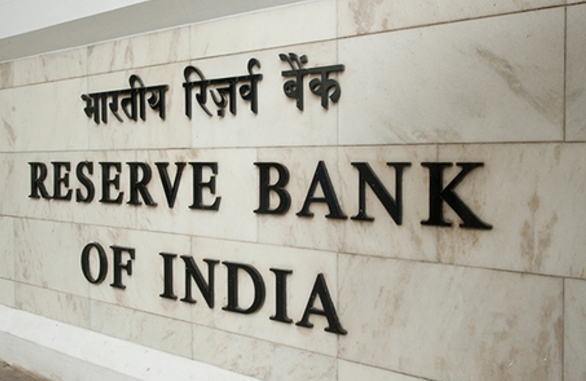RBI Decides to Keep Policy Rates Unchanged
The Monetary Policy Committee (MPC) of the Reserve Bank of India (RBI), which met recently, decided to keep the repo rate – the main policy rate – unchanged at 6.5 per cent and maintain the policy stance of ‘withdrawal of accommodation’. Both the decisions were taken in a majority 5:1 voting by the six-member MPC, headed by RBI Governor Shaktikanta Das.
Reasons for keeping rates unchanged
The RBI Governor cited several reasons for keeping the policy rates unchanged:
- Economic outlook: The overall economic outlook remains upbeat despite some challenges in specific sectors. While there has been broad-based moderation in inflation, higher food inflation keeps headline numbers elevated. However, benign core inflation will comfort RBI as strong growth has mainly remained non-inflationary.
- Inflation concerns: Governor Das emphasized that uncertainties in food prices continue to pose challenges, and the MPC remains vigilant to the upside risks to inflation that might derail the path of disinflation. He expressed the need for CPI inflation to continue to moderate and align to the target on a durable basis.
- GDP growth forecast: The RBI has retained the GDP growth forecast at 7 per cent in FY25 as against 7.6 per cent growth projected by the NSO for FY24. It has projected a growth of 7.1 per cent in the first quarter of FY25, 6.9 per cent in Q2 and 7 per cent each in Q3 and Q4. Headwinds from geopolitical tensions, volatility in international financial markets and geo-economic fragmentation pose risks to the outlook.
Inflation forecast
The RBI has projected a retail inflation of 4.5 per cent in fiscal 2024-25. It has projected an inflation of 4.9 per cent in Q1, 3.8 per cent in Q2, 4.6 per cent in Q3 and 4.5 per cent in Q4 of FY25. Frequent and overlapping adverse climate shocks pose key upside risks to the outlook on international and domestic food prices. Sustained inflationary trend in non-perishable food categories, such as pulses and spices, raises concerns about the potential broadening of price pressures due to their inherent stickiness.
Impact on lending and deposit rates
Interest rates on loans and deposits are largely likely to remain unchanged as of now. All external benchmark lending rates that are linked to the repo rate will not rise. It will provide some relief to borrowers as their equated monthly instalments (EMIs) will not increase. However, as banks are under pressure on the deposit growth front due to competition from mutual funds for funds, deposit rates are likely to rise in certain buckets.
Additional facts
- The repo rate is the rate at which the RBI lends money to commercial banks in the event of any shortfall of funds. It is used by the RBI to control inflation.
- The current repo rate of 6.5% is the highest since August 2018, when it was at 6.5%.
- The RBI has raised the repo rate by a cumulative 250 basis points since May 2022 in the fight against inflation.
- The consumer price index (CPI) based retail inflation, which the RBI factors in while arriving at its monetary policy, is showing signs of moderation but still remains above the central bank’s upper tolerance level of 6%.
- In February 2023, retail inflation stood at 6.44%, compared to 6.52% in January.
About Monetary Policy Committee
The Monetary Policy Committee (MPC) is a six-member committee within the Reserve Bank of India (RBI) responsible for formulating monetary policy. Established in 1998, the MPC aims to maintain price stability while supporting economic growth. The committee meets at least four times a year and consists of the RBI Governor, Deputy Governor, one official nominated by the RBI Board, and three external members appointed by the Government of India. The MPC’s decisions are based on a majority vote.
Month: Current Affairs - April, 2024
Category: Economy & Banking Current Affairs








